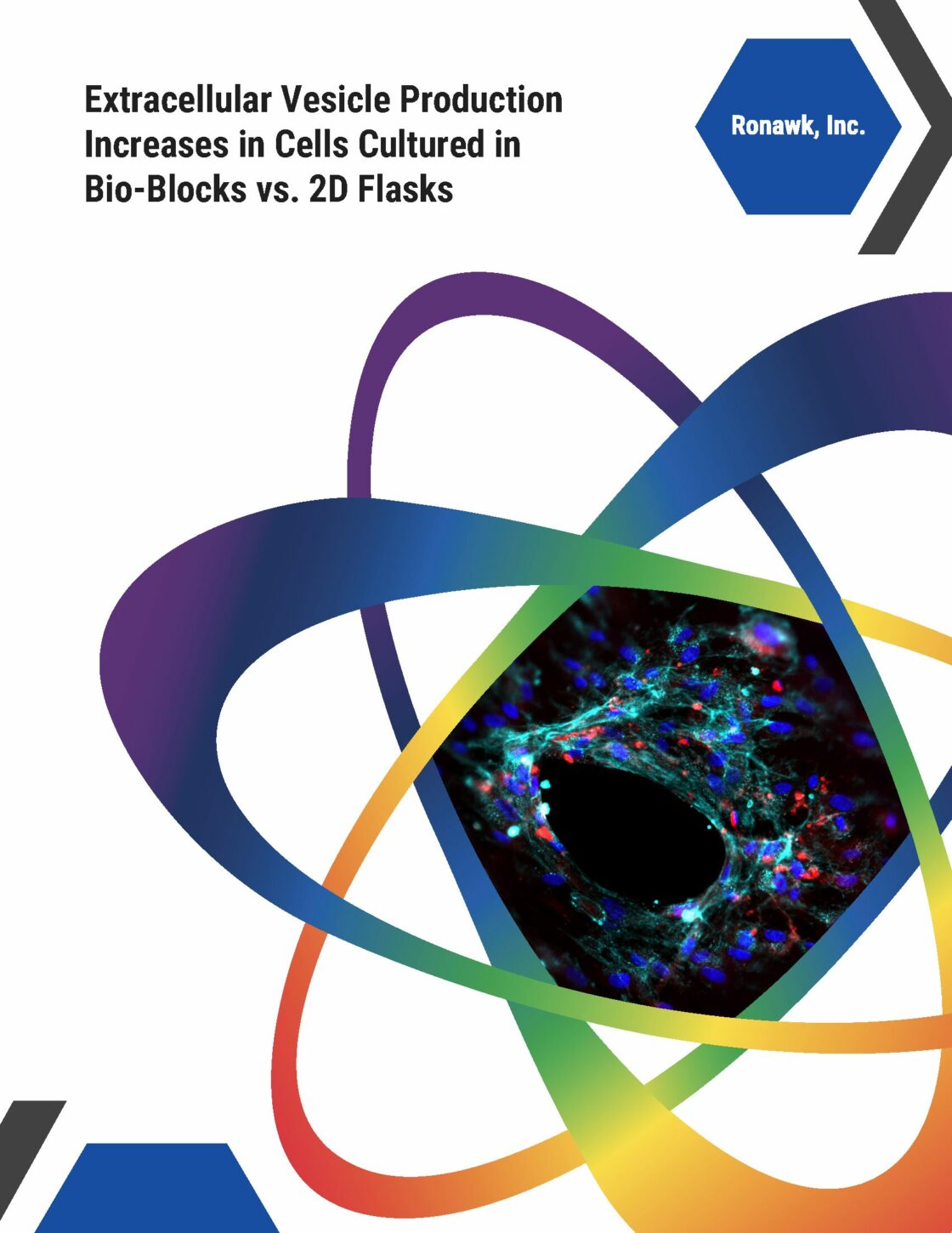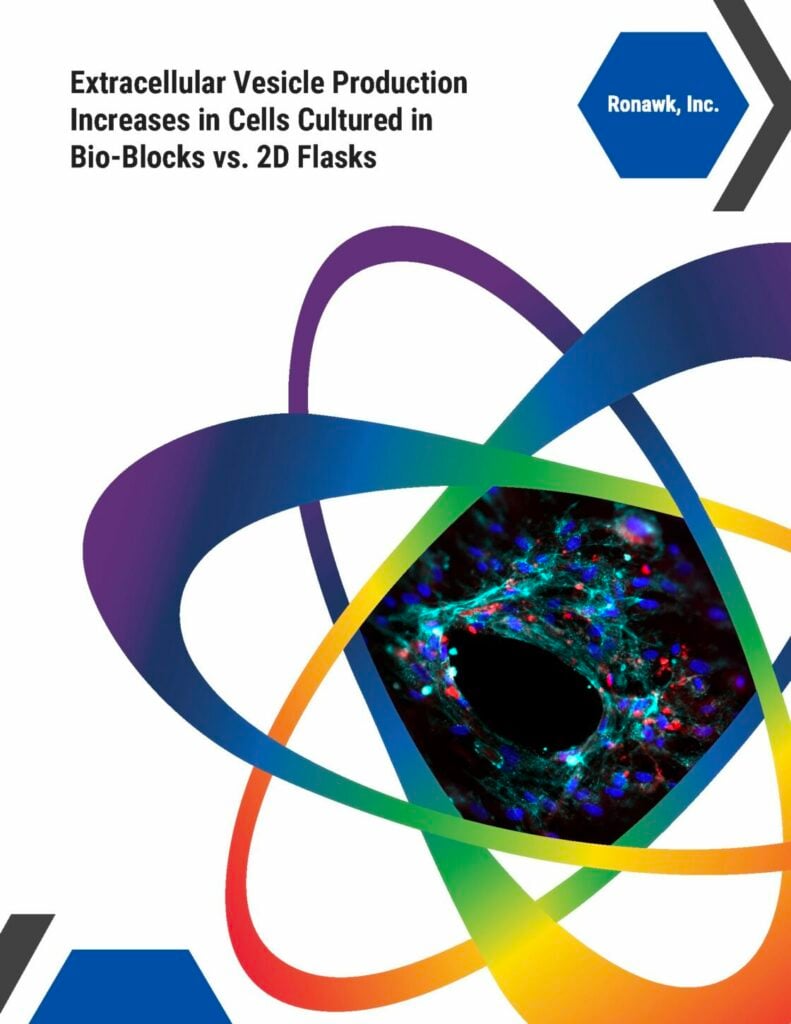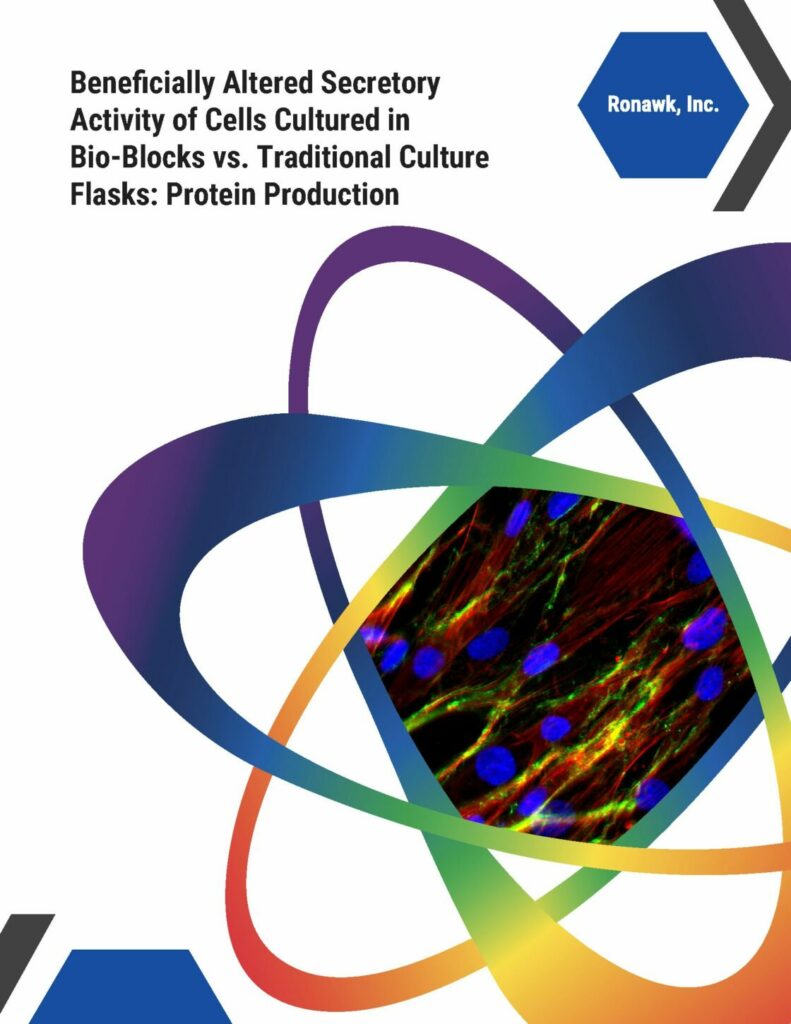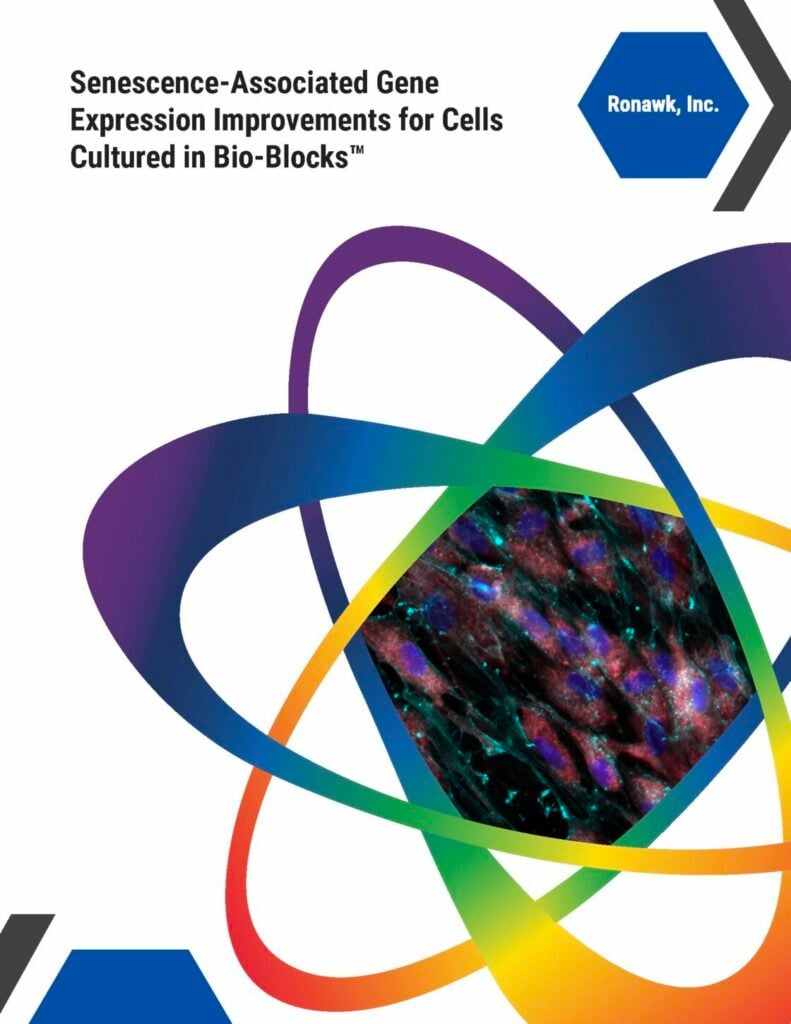
What are the secretome and extracellular vesicles?
The secretome is the collection of biological products produced and secreted by cells. It can be thought of as having 2 major components (1) the soluble fraction and (2) the vesicular fraction. The soluble fraction contains things like proteins, growth factors, and cytokines. The vesicular fraction contains different types of vesicles like exosomes and microsomes.
Extracellular vesicles are like microscopic cargo containers. They contain a wide range of biological products (ex: proteins, lipids, nucleic acids etc…), can transport their contents throughout the culture environment, and can
Extracellular Vesicles & Cell Culture Environment
Cells produce and secrete extracellular vesicles into the cell culture environment. The contents of these vesicles is a reflection of the health of the cells, which in turn is impacted by the cell culture environment. Conversely, limitations of a cell culture environment can be reflected in the cells cultured.
Bio-Blocks & Extracellular Vesicles
We’ve previously shared the benefits of using Bio-Blocks as a culture platform to produce cultured media. The Bio-Block produced cultured media induces beneficial effects in treated cell populations. Biological components of the conditioned media lead to these beneficial effects. Learning more about the extracellular vesicle fraction of the conditioned media can begin to explain these benefits.
Extracellular Vesicle Analysis
Conditioned media has a range of components, one of which is the extracellular vesicle fraction. Isolating this portion of the conditioned media using a series of filters allows for further analysis. Isolated extracellular vesicles can be analyzed based on a variety of factors such as size and quantity.
Increases in Extracellular Vesicle Production
The cells cultured in the Bio-Blocks produced a staggering 7X more extracellular vesicles than cells cultured in conventional 2D culture flasks. We wanted to dive deeper into the size analysis of the extracellular vesicles, so we also looked at the size distribution. This size distribution profile will show whether the cells cultured in Bio-Blocks are producing these vesicles at a different size range than cells cultured in traditional 2D flasks. Although the absolute number of vesicles was different in both culture conditions, the relative distribution of sizes very closely overlaps. These data show that the Bio-Blocks are a beneficial cell culture platform to use in a range of experimental conditions – healthy cells & their secreted products.
Download the full white paper here!
Learn more about tissue-mimetic structures:
More About EVs and the Bio-Blocks
Find Your Experiment’s Missing Piece – Try Ronawk’s Bio-Blocks
Don’t let your cell culture platform limit your experiments. Bio-Blocks’ ability to retain stemness can help get the most out of your cultured stem cell populations. Reach out and schedule a time to discuss and learn more: Click Here
Want to Hear more on our Cell Growth Technology?
Subscribe to get updates on news, case studies, white papers, & more.
Interested in Reading More?



